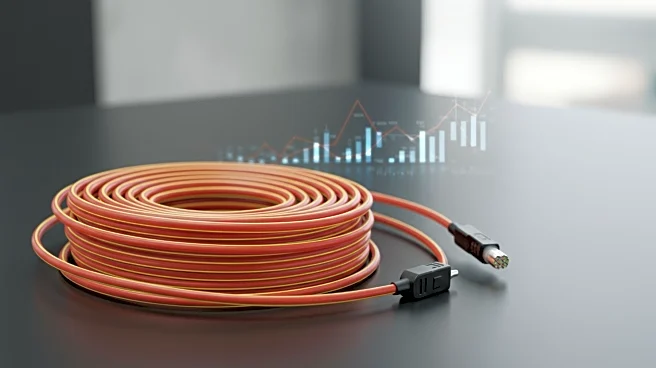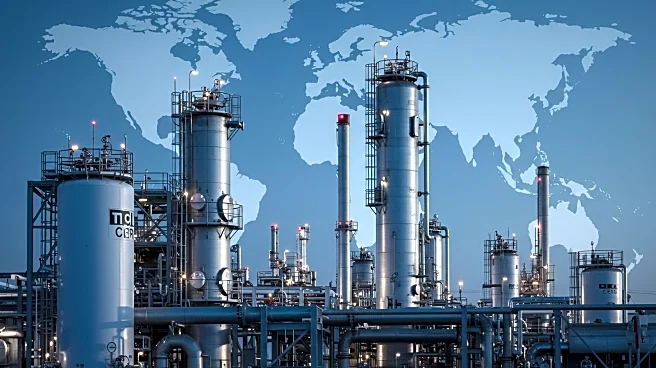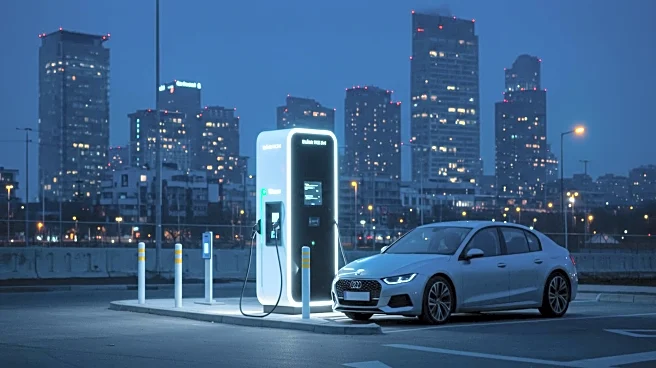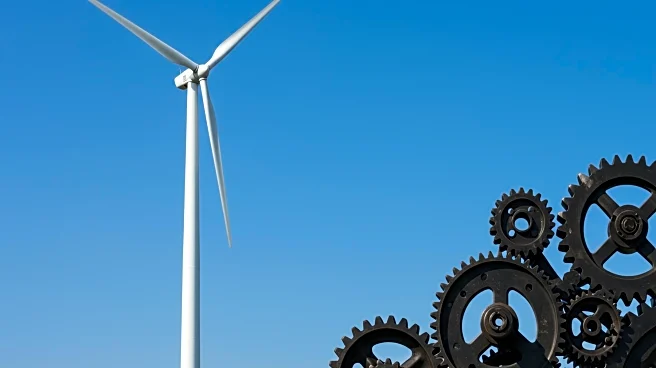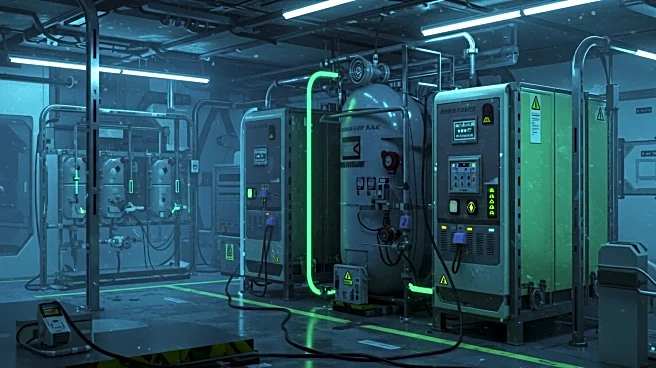What's Happening?
The self-regulating trace heating cable market is experiencing significant growth, driven by increased demand for freeze protection in pipelines and expansion in oil and gas operations in cold climates. Major U.S. companies such as nVent Thermal Management, Raychem, and Chromalox are key players in this market, contributing to its expansion. The market is projected to grow at a compound annual growth rate (CAGR) of 7.20% from 2025 to 2032, increasing from $1.35 billion in 2025 to $2.35 billion by 2033. These cables are designed to maintain or raise temperatures in pipes, roofs, and industrial equipment by adjusting heat output in response to ambient conditions, offering benefits such as long service life and low maintenance.
Why It's Important?
The growth of the self-regulating trace heating cable market is crucial for industries that operate in cold climates, particularly the oil and gas sector. The ability to prevent freezing and maintain process temperatures is essential for operational efficiency and safety. As industrial automation increases, the integration of smart heating solutions becomes more prevalent, supporting the demand for these cables. The expansion of this market also reflects broader trends in energy efficiency and sustainability, as these systems help reduce energy consumption by adjusting heat output based on environmental conditions.
What's Next?
The market is expected to continue its expansion, with smart heating cable systems featuring remote monitoring gaining traction. The use of these cables in renewable energy sectors, such as wind turbine blade heating, is emerging as a new application area. Customizable heating solutions for various industrial needs are also gaining popularity. However, challenges such as high initial installation costs and supply chain disruptions for specialty materials may impact growth. Companies are likely to focus on developing innovative solutions and expanding their product offerings to meet diverse industrial requirements.
Beyond the Headlines
The expansion of the self-regulating trace heating cable market may have broader implications for energy efficiency and environmental sustainability. By reducing energy consumption and preventing overheating, these systems contribute to lower carbon emissions and improved safety in hazardous locations. Additionally, the integration of smart technologies in heating solutions reflects a shift towards more automated and efficient industrial processes, which could lead to long-term changes in how industries manage energy and temperature control.
